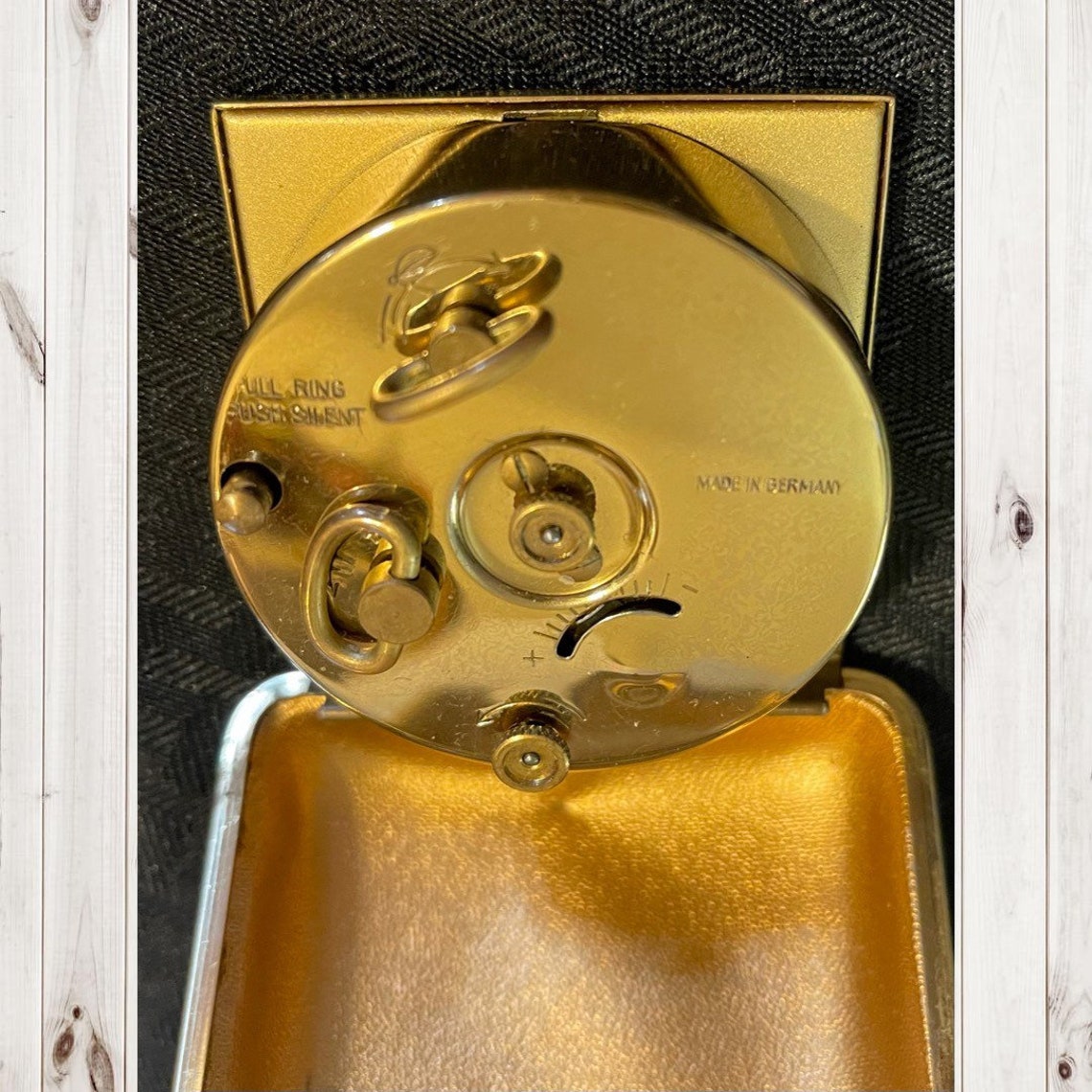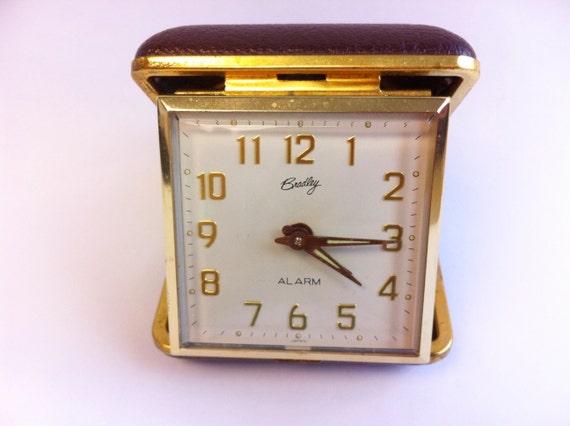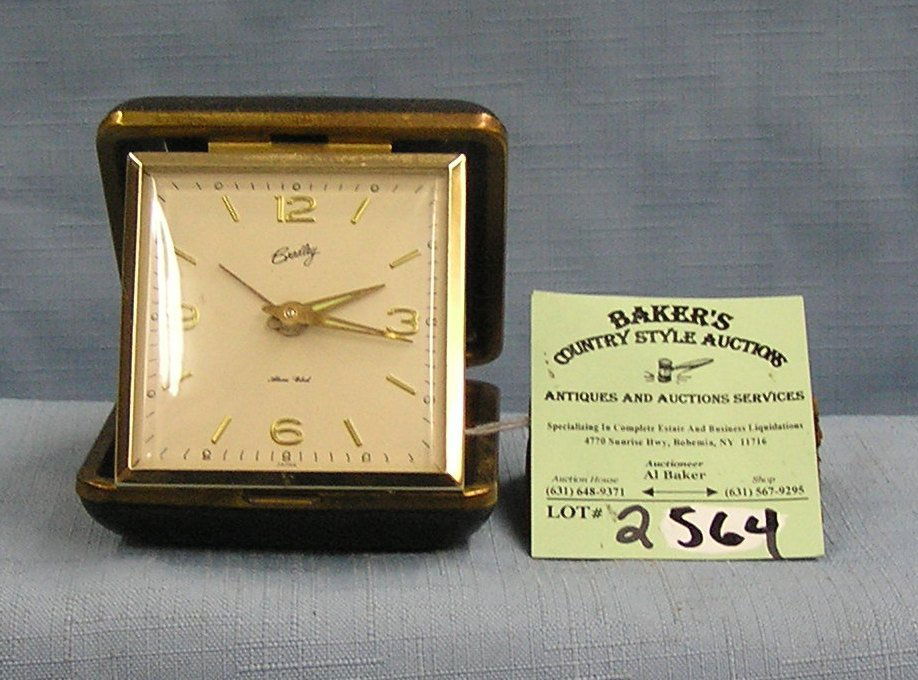

For this reason, we offer a Library full of White Papers and Restoration Articles to help folks understand what is involved. There is very little common knowledge about what we do, what these clocks need, and what it takes to restore them properly. Many would be intrigued by some of the pieces we have been able to successfully restore. But, this requires the knowledge and technique to do the work properly. They CAN be restored, and it can be done in a manner which allows a 2 year warranty.

Once again, this reflects on the general lack of knowledge that exists around these clocks. Several convincingly exclaimed that Westclox movements could not be repaired. Indeed, these clocks are very challenging to repair.Īs an example of the perspective that exists, a few weeks ago I was in conversation with some clock repair folks in the area. Under those circumstances, the best thing they can do for you is to turn the work away. They lack the training and experience to do a good job, and would botch them if they made any honest attempt at it. In fact, most clock repair services will not touch vintage alarms because they realize the problems they will face. Techniques used to restore early American kitchen or mantle clocks simply don’t apply and, in fact, never did.īecause these clocks are small, and were once inexpensive, some enthusiasts suppose that they should be simple to repair. The techniques we have developed to address this wear, during our 40 years of doing this work, are quite unique to alarm clocks. If someone explains that an alarm clock “only needs cleaning,” beware! These clocks are often worn out substantially. Bearings (holes), pivots and other friction points are showing substantial wear and this wear must be addressed in the restoration-very carefully. The original makers never intended them to be in use 60+ years, and so the cumulative wear we see is quite substantial. However, today we come face to face with the inevitable, cumulative long term wear of these clocks. The idea of replacement parts worked extremely well in this context. They simply didn’t wear out like many other alarm clocks of the era did. In their day, Westclox movements were known for their reliability. This reflects our commitment to deliver the very highest quality restoration to our customers. We’ve even purchased US-made mainspring tempered strip steel as well as a stock of custom-made mainsprings (very expensive to do) because many replacement springs are obsolete or very poorly made in China. As this happens, the only choice we have is to make new parts or find ways to repair the originals, which we do.

Inevitably, limited supplies of these parts will run out. Over the decades we have bought some original replacement parts as we could find them, and continue our search for them. In fact, Westclox service centers were probably the best stocked houses for this type of work. Back 80-100 years ago when mechanical alarm clocks were the only available option, there were ample replacement parts stocked by the service centers.


 0 kommentar(er)
0 kommentar(er)
